Other names Sydney Jay Mead Occupation Industrial designer | Name Syd Mead Role Futurist | |
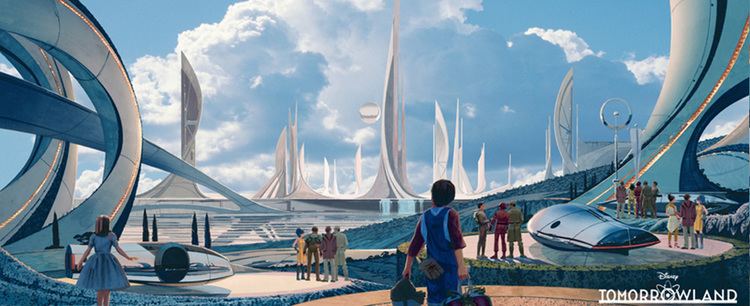 | ||
Education Art Center College of Design Books Kronovecta: Concept Designs of Syd Mead Awards Spectrum Grand Master, London Critics Circle Film Award for Special Achievement Similar People Daniel Simon, Jean Giraud, Ralph McQuarrie, Ridley Scott, Ryan Church | ||
Visual futurist the art life of syd mead
Sydney Jay Mead, commonly Syd Mead (born July 18, 1933), is a prolific and influential American "visual futurist", industrial designer and a neofuturistic concept artist. He is best known for his designs for science-fiction films such as Blade Runner, Aliens and Tron. Of his work, Mead was once moved to comment: "I've called science fiction 'reality ahead of schedule.'" His works, many of which are critically acclaimed and highly regarded, have led to Mead being called "the artist who illustrates the future".
Contents
- Visual futurist the art life of syd mead
- The real blade runner a conversation with futurist syd mead autoline this week 1732
- Biography
- Career history
- About Mead
- References

The real blade runner a conversation with futurist syd mead autoline this week 1732
Biography
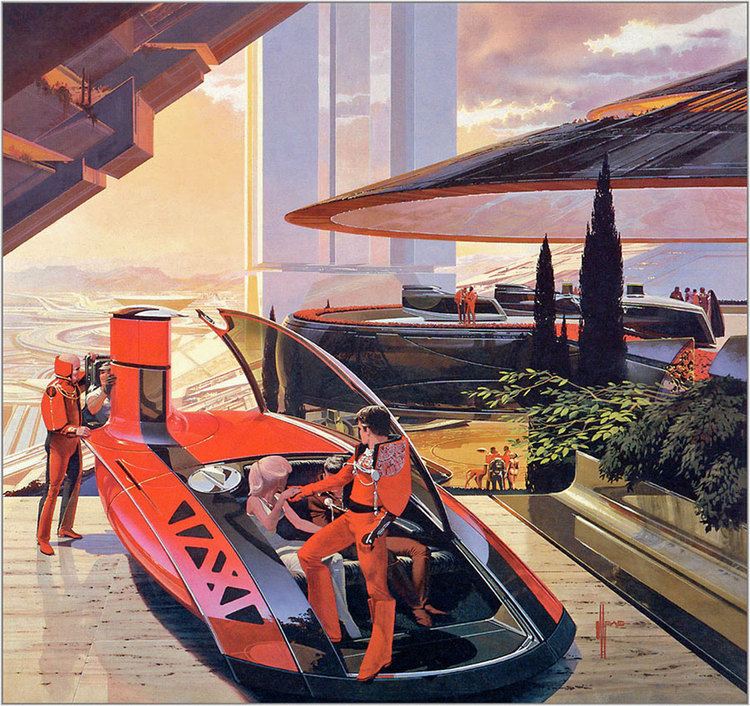
Syd Mead was born on July 18, 1933 in Saint Paul, Minnesota, but spent only a few years there before moving to what would be the second of many homes throughout the western United States prior to graduating from high school in Colorado Springs, Colorado in 1951. After serving a three-year enlistment in the U.S. Army, Mead continued on to the Art Center School in Los Angeles (now the Art Center College of Design, Pasadena), where he graduated in June 1959. He was recruited by the Ford Motor Company's Advanced Styling Studio under the management of Elwood Engel. Mead left the studio after two years to accept a variety of assignments to illustrate books and catalogues for large corporate entities such as United States Steel, Celanese, Allis-Chalmers and Atlas Cement. In 1970, he launched Syd Mead, Inc. in Detroit, Michigan to accommodate the offers he received, most notably from Philips Electronics.
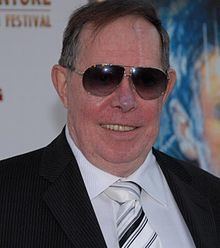
As the principal of his newly formed corporation in the 1970s, Mead spent about a third of his time in Europe, primarily to provide designs and illustrations for Philips of Holland. His work for international clients continues to this day. Throughout the 1970s and 1980s, Syd Mead, Inc. provided architectural renderings both interior and exterior for such clients as Intercontinental Hotels, 3D International, Harwood Taylor & Associates, Don Ghia, and Gresham & Smith. His architectural clients have recently expanded to include the New York firm of Philip Koether Architects, for which he designed the interior of a Manhattan eatery. Design activity accelerated after the corporate and personal move to California in 1975.
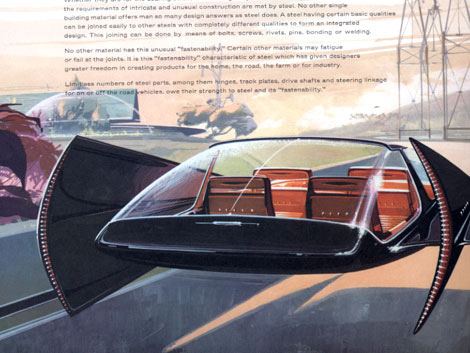
In 1979, projects began to include work with most major studios, on such feature films as Star Trek: The Motion Picture, followed by Blade Runner, Tron, 2010, Short Circuit, Aliens, Timecop, Johnny Mnemonic and Mission: Impossible III.

Beginning in 1983, Mead began to develop working relationships with Japanese corporate clients, including Sony, Minolta, Dentsu, Dyflex, Tiger Corporation, Seibu, Mitsukoshi, Bandai, NHK and Honda as well as contributing to the Japanese film Solar Crisis. In the 1990s, Mead supplied designs for two Japanese anime icons, Yamato 2520 and Turn A Gundam.
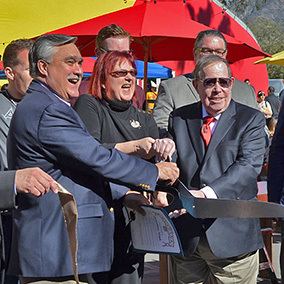
Mead continues an active schedule of one-man shows, which started with an invitation to exhibit at Documenta 6, Kassel, West Germany in 1973. His work has since been exhibited in Japan, Italy, California, and Spain. In 1983, in response to an invitation from Chrysler Corporation to be a guest speaker to their design staff, Mead assembled a selection of slides to visually enhance his lecture. The resulting presentation was a success and since has been expanded and enhanced with computer-generated imagery specifically assembled at the requests of such clients as Disney, Carnegie Mellon University, Purdue, Pratt University, the Society of Illustrators and many others, both academic and corporate, around the world. In March 2010, Mead completed a four-city tour in Australia.
In 1993, a digital gallery consisting of 50 examples of his art with interface screens designed by him became one of the first CD-ROMs released in Japan. In 2004, Mead cooperated with Gnomon School of Visual Effects to produce a four-volume "how-to" DVD series titled "Techniques of Syd Mead."
His one-man show, "Cavalcade to the Crimson Castle," consisting of 114 original paintings and illustrations, enjoyed a three-month showing at the Center for the Arts in San Francisco in the fall of 1996. The highlight of the show was Mead's presentation and lecture, which attracted an audience that exceeded the auditorium's capacity. Subsequent personal appearances at schools across the country have also drawn large crowds. A touring exhibition of his work, titled PROGRESSIONS, has attracted record numbers in Southern California, Detroit, Grand Rapids, New York, Fort Collins, and Myrtle Beach, South Carolina.
In June 1981, he was joined by Roger Servick, who became the Manager of Business Affairs for Syd Mead Inc. in 1991. Together they established their home, as well as Syd Mead Inc. and a publishing extension, OBLAGON, Inc., in Hollywood, California. They relocated in February 1998 to Pasadena, California, where Mead continues to be involved in a variety of design projects.
In May 2007 he completed work on a documentary of his career with director Joaquin Montalvan entitled Visual Futurist.
Mead attributes success in a range of creative activities to the premise that imagination —the idea — supersedes technique.
Career history
Mead has worked on or for the following:
About Mead
Documentary films about Mead and his work include:
Mead also appears in movie documentaries such as Dangerous Days: Making Blade Runner and Mark Kermode's On the Edge of Blade Runner, and promotional materials such as the DVD extra for Aliens and a promotional short film about the making of 2010.
